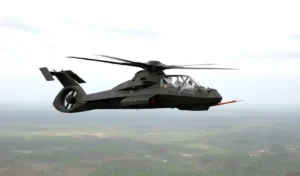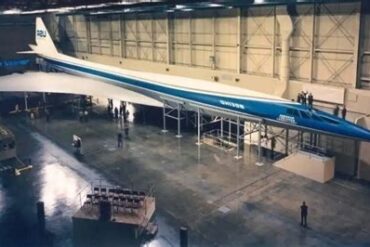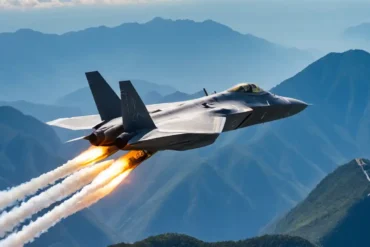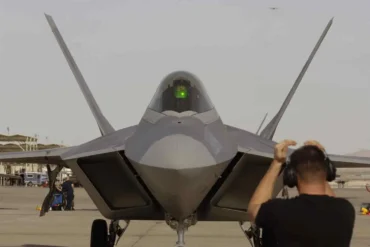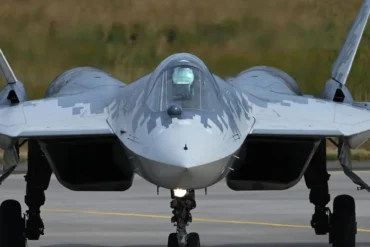Let’s talk about the RAH-66 Comanche, a super-cool stealth attack helicopter that Boeing-Sikorsky was working on for the U.S. Army back in the 1980s. It was supposed to replace a bunch of older helicopters with one fancy, hard-to-detect flying machine.
But here’s the kicker: after spending over $7 billion and building two prototypes, they pulled the plug in 2004. Why? It was getting way too expensive, and the military started thinking drones might be a better way to go.
Looking back, most folks agree that canceling the project was a smart move. It saved a ton of money that might have been spent on something that wasn’t quite right for the job. If you’re ever in Fort Rucker, Alabama, you can check out the prototypes at the United States Army Aviation Museum.
The $7 Billion Helicopter That Never Was: The RAH-66 Comanche Story
Picture this: you’re at the Army Aviation Museum in Fort Rucker, Alabama, and you spot two odd-looking helicopters that stand out from the rest. While most of the aircraft there have seen action in wars, these Boeing-Sikorsky RAH-66 Comanche helicopters tell a different story. They’re the result of the Army’s massive $7 billion effort to create a sneaky, armed helicopter that could scout and attack. This project went on for over 20 years and ended up being one of the biggest canceled programs in Army history.

Cold War Dreams
The idea for a stealthy attack helicopter came about in the early 1980s. The Army wanted to replace a whole bunch of older helicopters like the “Huey” gunships, “Cobra” attack choppers, “Cayuse” light observation and attack helicopters, and “Kiowa” light helicopters. The RAH-66 was going to be the world’s first stealth attack helicopter built from the ground up, with special compartments inside to hold missiles for fighting tanks and other aircraft.
Boeing, the main company working on the project, had big plans. They were hoping to start delivering the helicopters in 2006 and ramp up to full production around 2010. The goal was to make 1,213 RAH-66s for the Army to use. A ton of other companies were involved too, working on everything from engines to electronics.
But the Comanche never made it past the prototype stage. They showed off the first one in Connecticut in 1995, and it took its first flight in January 1996. But over the next eight years, things moved pretty slowly. Finally, on February 23, 2004, they decided to call it quits as part of a big reorganization of Army aviation.
RAH-66: Stealthy but Pricey – A Smart Call in the End
If they had gone ahead with making a bunch of these helicopters, the RAH-66 might have been the most advanced combat chopper out there. But boy, would it have been expensive! We’re talking maybe more than $39 billion to make them all. When they canceled the project, the Army’s top guy, General Peter Schoomaker, said it was a big decision but the right one.
Pulling the plug on the Comanche showed that the military was starting to realize they had too many big, expensive projects going on at once. This was happening even as they were getting more money after 9/11 for the War on Terror. Also, people were getting more excited about using drones for spying and attacking instead of manned aircraft.

While some helicopter fans might be bummed about what could have been, a lot of experts think it was for the best. Just look at how important drones have been in places like Ukraine recently. The Army probably saved taxpayers from spending a ton of money on something that wouldn’t have worked well for the kinds of fights they were getting into during the War on Terror.
It’s pretty unlikely that the Comanche would still be useful today, especially with countries like China and Russia becoming bigger threats again. While the military did spend $7 billion on the project, they probably avoided an even bigger mistake that wouldn’t have fit with how things have changed in the world. It’s kind of like how the Navy had problems with their LCS ships.
RAH-66: Lessons Learned
Even though they didn’t end up making the Comanche, the $7 billion wasn’t a total waste. They were able to test out a bunch of new systems and parts on the two prototype helicopters they built. So while it didn’t work out in the end, they did learn some valuable stuff that might help with future projects.
